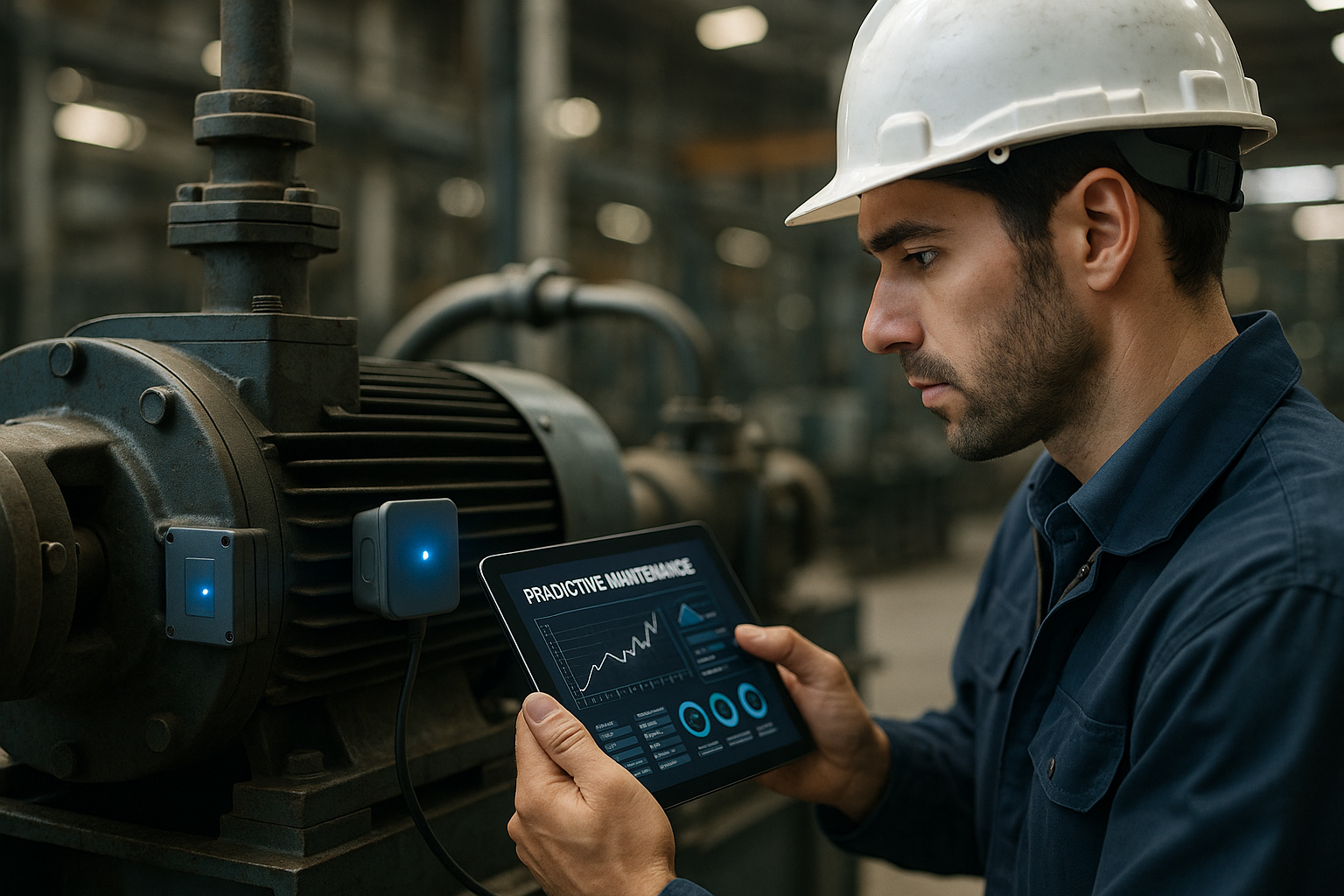Strengthening Cybersecurity for Industrial Control Systems
Industrial control systems (ICS) face distinct cybersecurity challenges as they integrate IT concepts with operational technology across energy, logistics, and manufacturing. Strengthening defenses requires coordinated strategies that balance safety, availability, and operational continuity while adapting to legacy equipment and modern threats.

Strengthening Cybersecurity for Industrial Control Systems
Industrial control systems (ICS) combine hardware, software, and networks to operate critical infrastructure across energy, manufacturing, and logistics. These environments prioritize availability and safety, which changes how cybersecurity measures are selected and deployed. Effective ICS cybersecurity emphasizes resilience, layered defenses, and continuous monitoring while accounting for legacy equipment, real-time constraints, and operational maintenance windows.
How does resilience apply to industrial control systems?
Resilience in ICS means the ability to withstand, adapt to, and recover from cyber incidents without endangering safety or causing prolonged outages. This involves segmentation between corporate IT and OT networks, redundant control paths, and well-practiced incident response plans. Resilience planning should include clear recovery point objectives (RPOs) and recovery time objectives (RTOs) tailored to physical process tolerances. Regular tabletop exercises that simulate cyber-induced process disruptions help refine procedures and maintain operational continuity.
What maintenance practices reduce cybersecurity risk?
Maintenance for secure ICS spans both preventive and corrective tasks. Regular patch management is important, but in OT environments it must be coordinated with operational windows and vendor guidance to avoid process disruption. Asset inventories, firmware validation, and configuration baselining reveal drift or unauthorized changes. Routine backups of controller configurations and operator interfaces, combined with secure storage, shorten recovery time. Maintenance teams should also apply change control and document maintenance actions to maintain traceability and compliance.
How does automation influence cybersecurity?
Automation can both introduce and mitigate risk. Automated orchestration of security tasks—such as configuration checks, certificate renewals, and secure backups—reduces human error and ensures consistency. However, added automation can expand the attack surface if not properly segmented and authenticated. Secure-by-design automation uses least-privilege access, mutual authentication between components, and signing of automated actions. When automation controls physical processes, safety interlocks and fail-safe defaults must be enforced independently from automated decision logic.
How can analytics improve monitoring and detection?
Analytics applied to OT telemetry and network flows provides enhanced situational awareness. Anomaly detection models that learn normal operating patterns for PLCs, HMIs, and field devices can flag deviations indicative of compromise or misconfiguration. Correlating event logs from multiple sources—firewalls, IDS/IPS, and process historians—permits earlier detection of lateral movement or command injection. Practical deployments combine deterministic rule-based alerts for known signatures with behavior analytics to reduce false positives and support incident investigation.
Can modular or retrofit approaches enhance safety and sustainability?
Modular and retrofit cybersecurity solutions allow organizations to modernize protections without replacing entire control systems. Examples include deploying secure gateways that translate legacy protocols to secure transports, adding hardened edge devices for monitoring, and implementing out-of-band security appliances for visibility. These approaches support sustainability by extending equipment lifecycles and minimizing waste while improving safety through real-time monitoring and alarm integration. Prioritize solutions that support vendor interoperability and non-intrusive deployment models to avoid interrupting critical processes.
What role do predictive systems play in inventory, energy, and logistics?
Predictive maintenance and analytics reduce unplanned downtime and improve resource use across energy and logistics networks. By combining equipment health data with predictive models, teams can prioritize maintenance, optimize spare parts inventory, and schedule work within secure maintenance windows. Predictive insights also enhance cybersecurity posture by identifying anomalous equipment behavior that may stem from firmware tampering or improper configurations. Integrating predictive systems with existing monitoring platforms helps align operational efficiency goals with security and safety objectives.
Conclusion
Securing industrial control systems requires a balanced approach that preserves safety, uptime, and operational needs while introducing modern cyber defenses. Practical improvements include network segmentation, coordinated maintenance and patching, automation with secure design principles, analytics-driven monitoring, and retrofit strategies that extend asset life sustainably. Continuous assessment and collaboration between IT, OT, and engineering teams are essential to maintain resilient control environments in the face of evolving threats.





